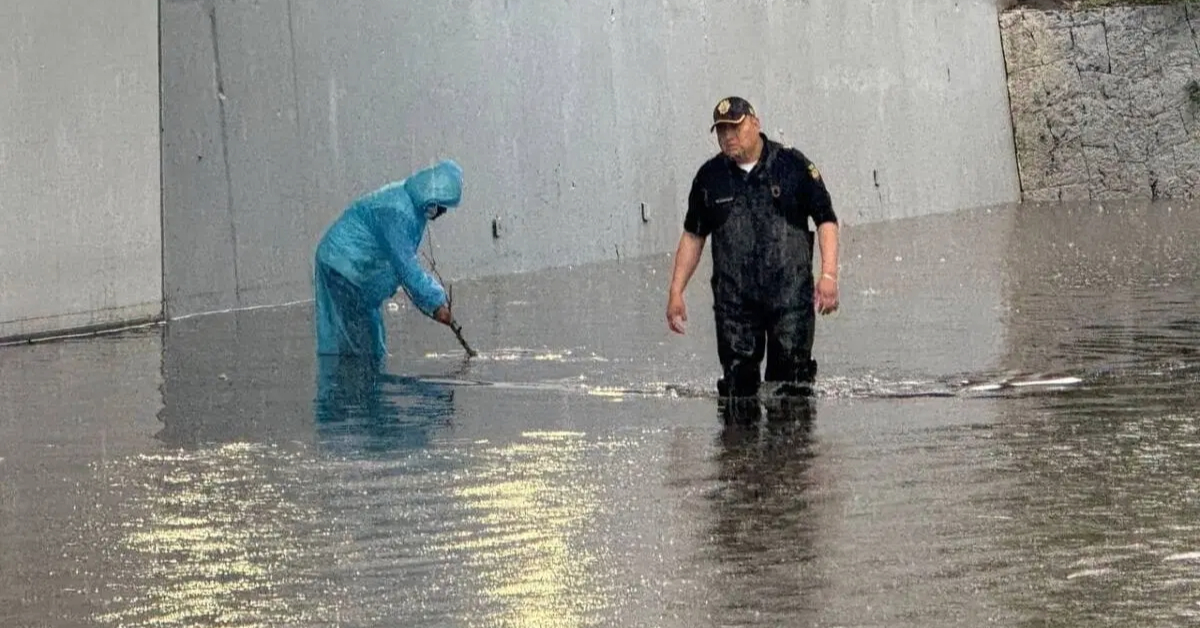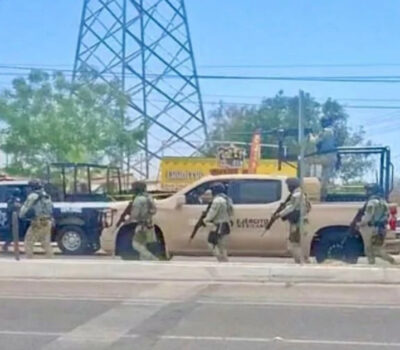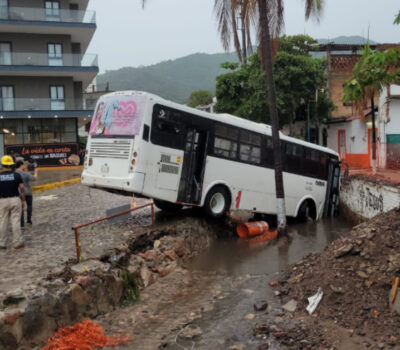Geologists from UNAM warn that Mexico City’s ground is sinking up to 40 cm per year, threatening uninhabitable zones and mass displacement within a decade.
A stark warning from geologists at the National Autonomous University of Mexico (UNAM) has thrown Mexico City into a state of concern: if current trends continue, parts of the capital will become uninhabitable within the next 10 years. The city is sinking—literally—at an average rate of 10 to 30 centimeters per year, with some boroughs registering subsidence of up to 40 centimeters annually. At this pace, geologists warn, forced displacement and infrastructure collapse could soon become unavoidable.
“Multiply 15 to 30 centimeters per year by ten, and you’re looking at three meters. Multiply that by a century, and the numbers are staggering,” said Sergio Rodríguez, a geologist at UNAM. “We’re at a point of no return. There’s no way to stop this process anymore.”
A City Built on Fragile Ground
The problem isn’t new, but the scale and urgency have escalated. Mexico City is built on what was once Lake Texcoco, the heart of the Aztec capital Tenochtitlan. The soft clay and volcanic soil beneath the metropolis have been gradually compacting for decades, driven by two critical factors: over-extraction of groundwater and the immense weight of urban development.
“The city’s population density leads to irrational water extraction from underground wells, which, combined with the burden of heavy structures, pushes the soil beyond its structural limits,” Rodríguez explained.
The iconic Angel of Independence monument serves as a visible reminder of the city’s slow collapse. “We’ve had to add a step every few years because the ground keeps sinking,” Rodríguez noted.
Iztapalapa: Ground Zero for Subsidence
One of the worst-hit areas is Iztapalapa, in the southeastern part of the capital. With a subsidence rate of 40 centimeters per year, it’s a borough living the crisis in real time. The area suffers from both frequent flooding and chronic water shortages—two conditions that, paradoxically, stem from the same root causes.
“Those who draw water from wells are those without access to piped water and are also the ones who suffer from flooding and subsidence. It’s a social paradox,” Rodríguez said.
70 Percent of the City is Flood-Prone
The UNAM report estimates that 70 percent of the city’s land is at risk of flooding, especially during the rainy season. This is worsened by poor urban planning—expanding asphalt surfaces, diminishing green areas, and the artificial channeling of once-natural rivers. These rivers historically functioned as drainage systems but are now either buried or severely altered.
“Extreme weather events, urban sprawl, and environmental mismanagement are converging,” said Wendy Morales, another UNAM geologist. “We’re already seeing neighborhoods with no viable future.”
Real Estate Greed and Short-Sighted Planning
Experts also blame real estate developers who continue to build in high-risk zones. The short-term economic incentives of construction are outweighing the long-term environmental consequences.
“There’s a greed at play,” Morales warned. “Developers are pushing projects in areas that should be avoided. Without urgent changes, we’ll be seeing forced displacement in as little as six years.”
The geologists warn that inaction will drive vulnerable populations to relocate, either due to the collapse of infrastructure or unbearable living conditions. These moves will likely exacerbate already existing inequalities.
A Call for Decentralization
The solution, according to UNAM’s experts, lies in proactive planning. That means not just adapting Mexico City to its geological reality, but rethinking the very concept of urban living in Mexico.
“The only viable future is decentralization,” Rodríguez said. “We need to build new urban centers that are better planned—places with hospitals, schools, jobs, and green spaces. We must begin the process of redistributing the population before the city becomes unsustainable.”
Adaptation strategies could include restructuring zoning laws, cutting back on groundwater extraction, improving green infrastructure, and investing in urban centers beyond the capital.
A Social and Environmental Time Bomb
If left unaddressed, the crisis will deepen social disparities, leaving the most vulnerable populations to suffer the worst consequences. While wealthier residents may have the means to move or adapt, low-income communities, often located in the most flood-prone and subsidence-vulnerable areas, could face devastating displacement.
“It’s not just about the science anymore—it’s about justice,” Morales emphasized. “What we do in the next five years will determine whether people can continue living in this city or not.”
For now, Mexico City continues to sink—slowly, but surely. And unless swift, systemic actions are taken, the ground will quite literally vanish beneath its feet.
Geologists from UNAM warn that Mexico City's ground is sinking up to 40 cm per year, threatening uninhabitable zones and mass . . .












